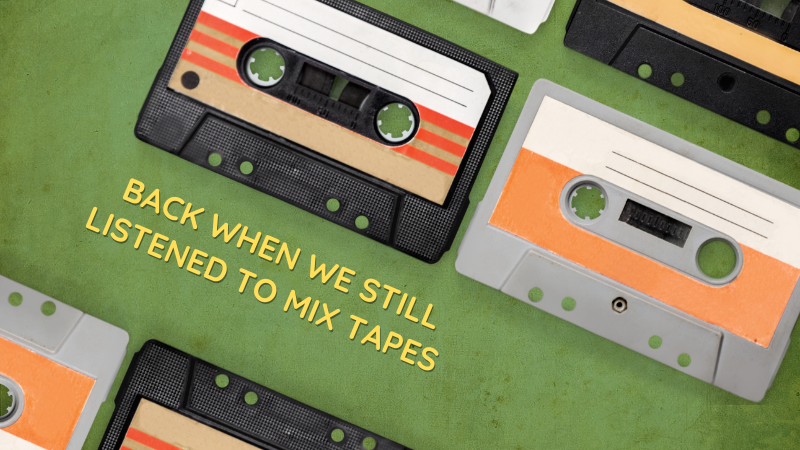Thanks to my roughly outlined meal plan for the week, I came home from work last night and starting cooking right away.
Tonight’s Dinner
Our menu was:
- Spinach and paneer curry – which cooked up in about 20 minutes and was super delicious
- Basmati rice – also cooked in about 20 minutes
- Cut up watermelon
- Plain Yogurt – I put it out as a condiment for the curry, but I also let my kids just have a bowl with some maple syrup if they want

Dinner was ready within 30 minutes of getting home – and as you can see, as soon as I let everyone know, my little one came to the table and started eating watermelon before I could snap the photo!
What did they eat?

My kids must have been hungry – since I had a hard time getting a before shot. You can see they made short work of the watermelon before I could take a picture. My one son took a good sized serving of paneer and rice with 1 slice of watermelon. My other son wanted to try the paneer and gobbled up 3 slices of watermelon right off the hop.
During the meal both boys requested bowls of yogurt. My one son asked for second helpings of rice and paneer – which is why his before and after plate look almost identical. He really didn’t have much of his second helping! My other son didn’t have any more watermelon or paneer during the meal but had two bowls of yogurt.
The Clean the Plate Mentality of My Own Childhood
While my one son finished his meal with a “clean plate”, my other son didn’t. In this case it is because he had second helpings, ate one bite and then decided he was full. As a child of the 80s – this concept of leaving food on the plate is a tough one for me, I remember hearing thinks like:
- “You have to clean your plate before you can leave the table”
- “There are starving kids in Africa – eat up!”
Do phrases like this swirl around in your head too?
Why we think this type of mentality might be harmful for our kids
The biggest concern with teaching kids to “clean their plates” is that it teaches them to ignore their own signals of hunger and fullness. And we worry that over time this will lead them to be more likely to over-eat or eat in response to external cues (such as their environment) rather than internal cues (such as how they are hungry). Eating in response to external cues may make it harder for kids to achieve and maintain the body weight that is right for them as an adult.
But what about food waste?
While I am totally on board with wanting my kids to eat the right amount for them and stop when full, the other part of my hates to see food go to waste. This means that I don’t want a whole bunch of food left on their plates at the end of every meal – because I don’t want to have to eat it myself (which I often due thanks to those swirling thoughts of “clean your plate”).
I also don’t want to put food in the compost, if it is otherwise still good to eat. And I want to teach my kids to take what they need but not more.
What can we do to help our kids learn to take the RIGHT amount
Here are some ideas that might help you and your kids navigate how to get the right amount of food on their plate:
- Let kids serve themselves and encourage them to reflect after the meal if that was the right amount
- Let kids know if they want to start with a smaller serving they can take more if they need it
- Before kids take a second helping – encourage them to check in – how hungry are you? how much do you need?
- Get them to slow down (this is totally my son’s trouble – he just rushes in and takes more with out really thinking about it!)
As you can see, my family hasn’t quite mastered the RIGHT amount yet and probably will never get it right 100% of the time. The adage of my eyes were bigger than my stomach comes to mind for these scenarios.
I am happy though that my son feels comfortable walking away from his plate when he feels full, even if there is food left behind. And honestly, its a skill I wish I was better at. It might help me avoid some of those post-meal stomachaches that I occasionally give myself…
So what?
If we can, we want to try to avoid encouraging our kids to “clean their plate”. Ideally we want to help our kids stay connected with their internal hunger cues.
Even if we are totally on board with honoring internal hunger cues, issues like food waste can still be hard for us to navigate as parents.
Encouraging kids to serve themselves, but offering them guidance about checking in with their bodies and hunger can hopefully help them learn how to correctly gage how much is the right amount.
How are your kiddos doing with “cleaning their plates”? Can they stop eating when they are full even if food is left behind? How to you manage food waste in your house? If you have any comments or questions – leave me a comment or send me an email at contact@kellypicard.com
Thanks for reading!




One thought on “How to avoid encouraging kids to “clean their plates” at dinner”